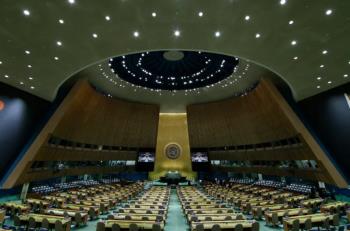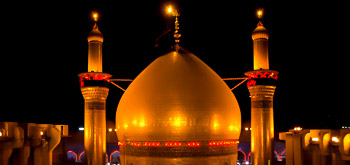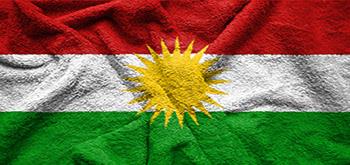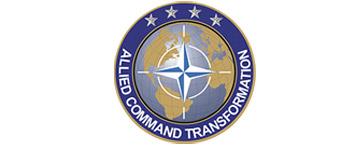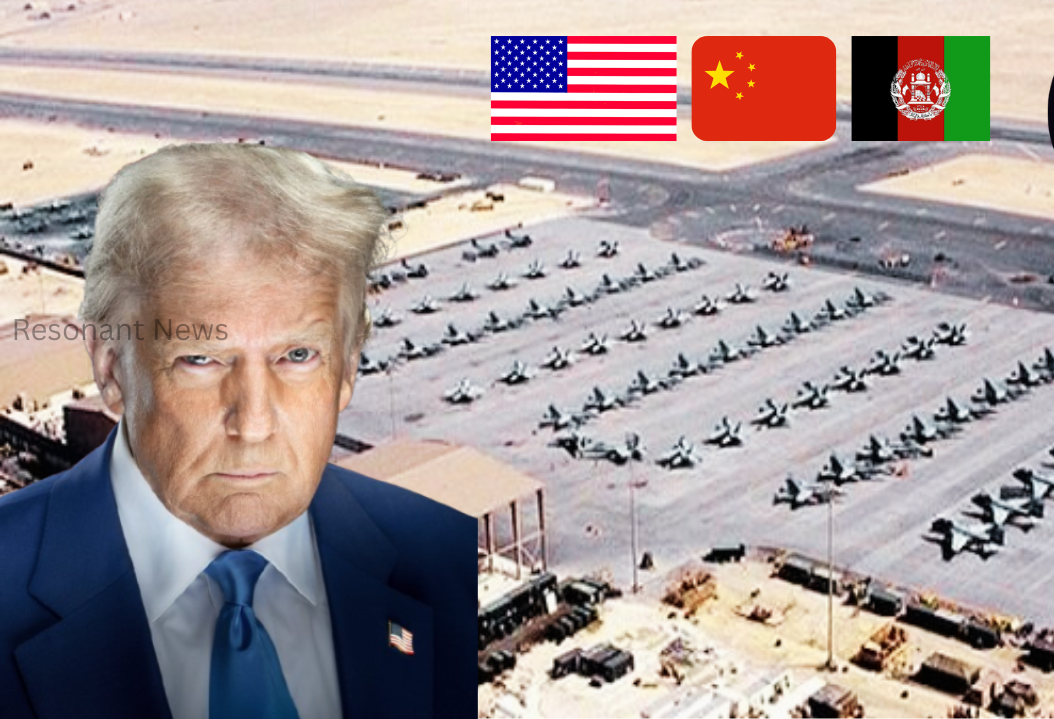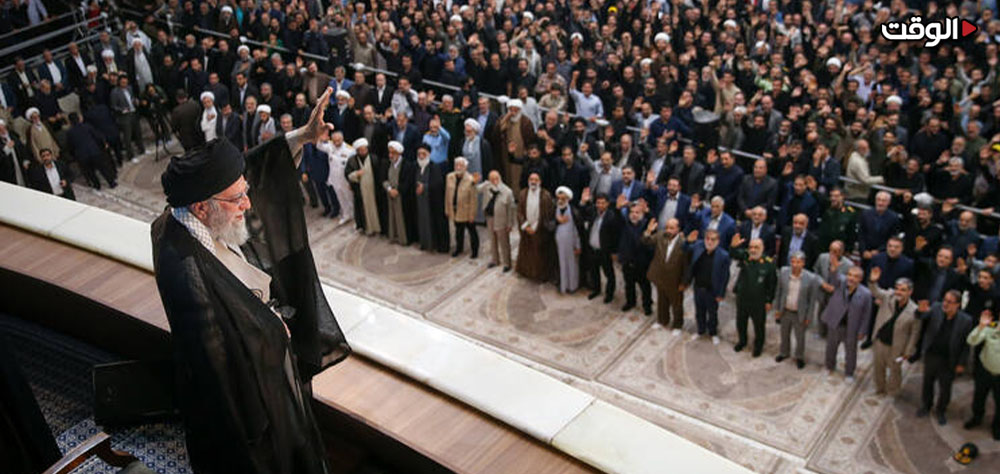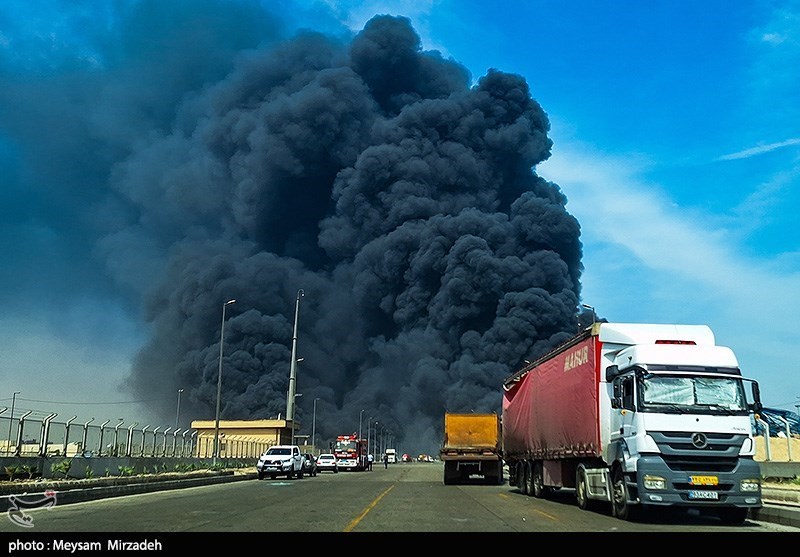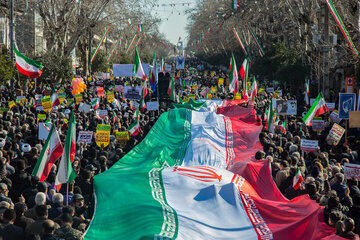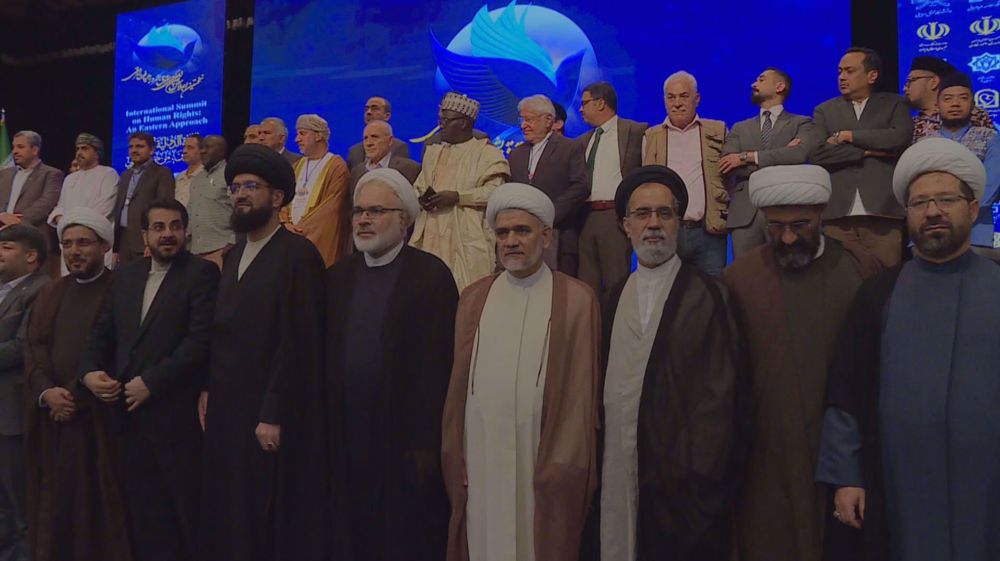Alwaght- Recently, the US officials highlighted the significance of regaining control over Bagram airbase in Afghanistan. President Donald Trump on Thursday in a press conference with the British Prime Minister Keir Starmer said that Washington is seeking to take back control of the key Afghanistan base. Pointing to the strategic position of the base, Trump said: "We're trying to get it back. We want that base."
This is not the first time Trump is expressing interest in regaining control of Bagram airbase. In the first session of his administration after comeback, he commented on the consequences of withdrawal from Afghanistan and losing the base, saying that the US under the initial exit plan wanted to keep the base "not because of Afghanistan but because of China" as it is "an hour from where the Chinese nuclear missiles are produced." He also described Bagram as one of the world's largest air bases, featuring a massive, reinforced concrete and steel runway. At 11,800 feet in length, the runway is capable of handling heavy cargo planes and strategic bombers.
Bagram airbase's unique strategic, military, and geopolitical importance is driving US president's efforts to regain control of the facility, a request the Taliban has so far rejected.
On Friday, Zakir Jalal, an official from the Afghan Foreign Ministry, stated on X: "Afghanistan and the United States must engage with each other... without the US having any military presence in any part of Afghanistan." He further added that the two nations could establish economic and political relations based on mutual respect and shared interests.
The following outlines ten key reasons, framed within the context of great-power competition involving China, Russia, and the wider Central Asian region, that underscore Bagram's critical significance:
1. The biggest military facility of the US in Afghanistan
Bagram was not just a runway, but a tremendous fortification with runways longer than many international airportss and with strong shields, hospitals, fuel warehouses, and the capability to accommodate tens of thousands of soldiers. The base was actually the center of the US command in Central Asia.
In such conditions, Trump's decision to cancel the reward for arrest of three senior Taliban leaders prompts a question: Has the US once again engaged in interaction with the Taliban and does it plan to reopen its Kabul embassy?
2. Pad for launching into heart of Central Asia
The US has consistently leveraged its network of overseas military installations to respond swiftly to transnational threats. This global military presence in strategic locations is seen in Washington as essential not only for safeguarding national interests but also for sending a clear message to both allies and adversaries.
For over two decades, Bagram served as the operational heart of the US presence in Afghanistan, supporting everything from combat to intelligence operations. Today, its significance has evolved beyond those past conflicts, transforming it into a focal point in Washington's ongoing debate over regional strategy.
This perspective is grounded in a classic geopolitical view: "Whoever controls Central Asia controls Eurasia." And it is on the vast Eurasian landmass that the world's great powers converge—Russia with its military might, China with its massive economy, and India with its enormous population and rising influence.
Since its withdrawal from Bagram in July 2021, Washington has lacked a significant military footprint in or near Central Asia. This absence has only heightened the perceived value of the air base, which occupies a crucial strategic crossroads connecting South Asia, Central Asia, and the Middle East. This location makes it a vital gateway for power projection and intelligence operations in a highly sensitive region. Control of Bagram is viewed as a key asset for monitoring not only China but also for countering the influence of Russia and Iran throughout Central Asia.
3. Adjscence to sensitive Chinese facilities
Trump has repeatedly pointed out that Bagram is just "an hour away" from key Chinese nuclear and missile facilities in Xinjiang. Regardless of the accuracy of this claim, the base's location makes it one of the closest potential points for the US to watch China.
Currently, the nearest US bases to China are located in Japan and the Philippines, both more than 3,000 miles from Xinjiang. In contrast, Bagram is less than 500 miles from the Afghanistan-Xinjiang border and under 1,500 miles from China’s Hami missile facilities. Given China’s ongoing expansion of nuclear infrastructure in its western regions, securing a closer base like Bagram is seen as critical for timely response to any threat.
China has the world’s second-largest defense budget after the US. According to a 2024 Defense Intelligence Agency report, the country is pursuing the "fastest and most ambitious nuclear expansion and modernization in history," likely aimed at strategic competition with the US. This effort includes the construction of new intercontinental ballistic missile silos and the enhancement of nuclear capabilities across land, air, and sea domains. The US Department of War estimates that China’s operational nuclear warheads exceeded 600 in 2024 and could surpass 1,000 by 2030.
Satellite imagery supports these assessments. Photos from July 2021 revealed the construction of a massive missile silo field in China’s Xinjiang region—which shares a border with Afghanistan—including 120 silos in Yumen, 110 in Hami, and 12 in Jilantai. These developments reflect an unprecedented expansion of China’s nuclear arsenal. Estimates suggest the People’s Liberation Army Rocket Force (PLARF) is building nearly 250 new silos—a number more than ten times its current active silo count.
China’s defense budget further underscores this ambition. The 2025 budget increased by 7.2 percent compared to the year before, with a portion allocated to nuclear expansion. Additionally, satellite images from January 2025 showed the construction of a nuclear fusion research facility in Mianyang.
4. A stronghold for intelligence watch and gathering
Holding Bagram means giving Washington a platform for access to advanced air surveillance and signal interception in a large part of Eurasia. It enables watching Russian military activities and Chinese infrastructural projects under Belt and Road Initiative (RBI).
5. A means for power balance with Russia and Iran
The US could have used Bagram to monitor Russia's influence in Central Asia and Iran's activities to its west. Both Moscow and Tehran viewed the base as a symbol of Washington's enduring presence in their respective backyards.
6. Control over provision chain and trade routes
Afghanistan possesses both untapped mineral resources and a strategic location along emerging trade corridors. Control of Bagram would provide significant leverage over key economic routes that China and Russia seek to secure.
7. Managing insecurity in Central Asia
Over the past two decades, the US has leveraged the rhetoric of counterterrorism to expand its hegemonic power and advance its geopolitical objectives worldwide. The occupation of Afghanistan—given its unique strategic location—played a central role in this strategy.
Even after its military withdrawal from Afghanistan, Washington continues to prioritize managing instability as a means of challenging its rivals. In this context, a military presence in Afghanistan, situated near the borders of China, Russia, and Iran, would provide the White House with significant leverage to pursue this policy.
8. Symbol of US credibility and prestige
Hasty withdrawal from Bagram in 2021 was interpreted by many in the world as a defeat. For Trump, reclaiming the base sends a strong message of the American return to the Central Asia competition and departure from the policy of retreat from this region.
9. Infrastructure China longs for its use
There have been reports for sometime that China, for expansion of its presence under RBI project and access to an operational base near India, has set its eyes on Bagram. This possibility is enough to send Washington worried.
10. The broader game of Eurasia
Ultimately, Trump's preoccupation with Bagram reflects a broader strategic outlook: Central Asia is the decisive theater. Controlling it means possessing the ability to reshape the balance of power among three major actors—Russia, China, and India—while relinquishing it would mean ceding this advantage to competitors.
Bagram's unique features: Expanse and geography
Bagram is fundamentally different from an ordinary military base. At its peak, it sprawled over more than 11 square miles, making it the largest US base in Afghanistan. Its location, just 25 miles north of Kabul, places it at a strategic crossroads between Central and South Asia.
From Bagram, the American aircraft could reach Iran to the west, Pakistan to the east, and the borders of China and Central Asia to the north within hours—providing Washington with unparalleled operational access.
The base features two main runways, including one approximately 12,000 feet (3.7 kilometers) long, capable of handling heavy bombers like the B-52 and massive cargo planes. Few airfields in the region possess this capacity. Furthermore, the surrounding valleys offer a clear line of sight for monitoring western China—a point repeatedly underscored by Trump.
How Bagram became an independent military city
Bagram's significance extends far beyond its big size. Over two decades, it evolved into a self-sufficient military complex, comprising over 110 aircraft shelters, fortified bunkers, a fully equipped 50-bed hospital, fuel depots, intelligence centers, and thousands of housing units. At its peak, it hosted more than 30,000 US and coalition troops, contractors, and Afghan personnel.
The base also was home to Parwan Detention Facility, where high-profile Taliban and Al-Qaeda figures were held. Intelligence operations, drone missions, and special operations were coordinated from this base. Unlike smaller outposts, Bagram possessed the capacity to sustain long-term operations independently, leading analysts to describe it as the "crown jewel of the Pentagon’s presence in Afghanistan."
Bagram's political weight and its meaning to Afghanistan’s future
The exit of the US forces from Bagram in August 2021 abruptly in the dark of night sparked substantial criticism. Afghan forces retained control only briefly before the Taliban seized the base several weeks later. For many veterans and policymakers, the loss of Bagram symbolized both the end of US’s longest war and the loss of a key strategic asset in an increasingly volatile region.
In Trump's viewpoint, Bagram could serve as a forward operating base for monitoring China and Russia. Critics, however, warn that retaking it could trigger renewed conflict with the Taliban, strain US resources, and create diplomatic challenges. Although the Taliban have denied any Chinese interest in Bagram base, speculation persists in Washington about the possibility of Beijing seeking involvement in the base’s infrastructure.


